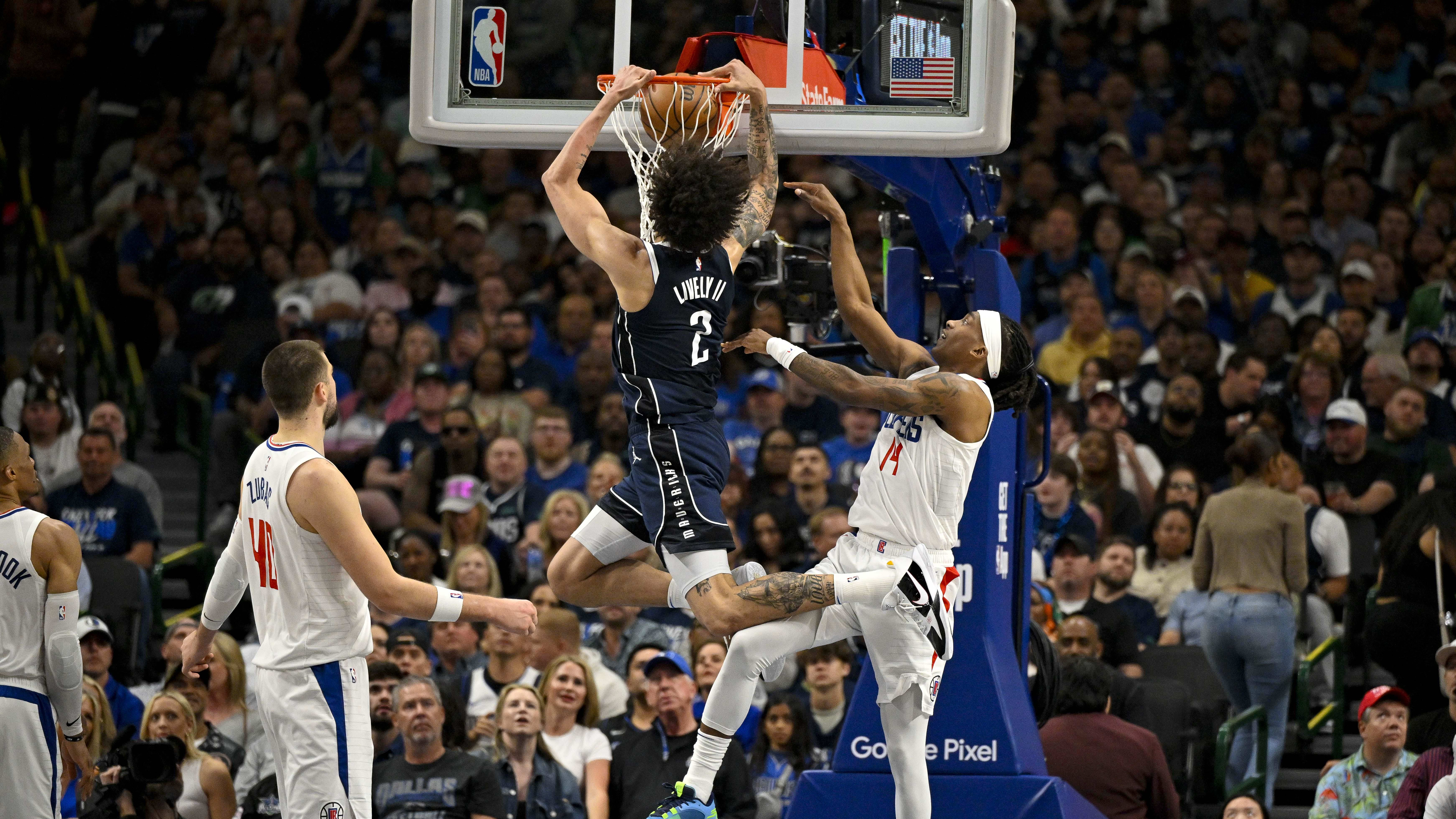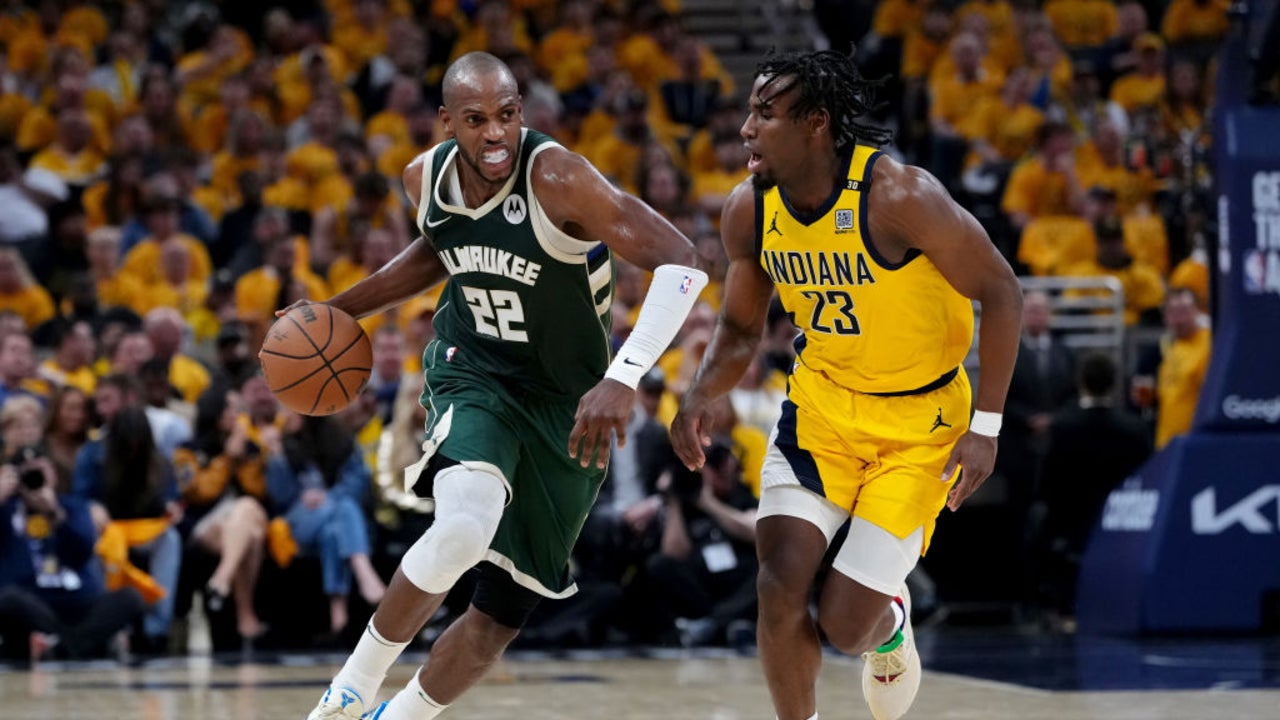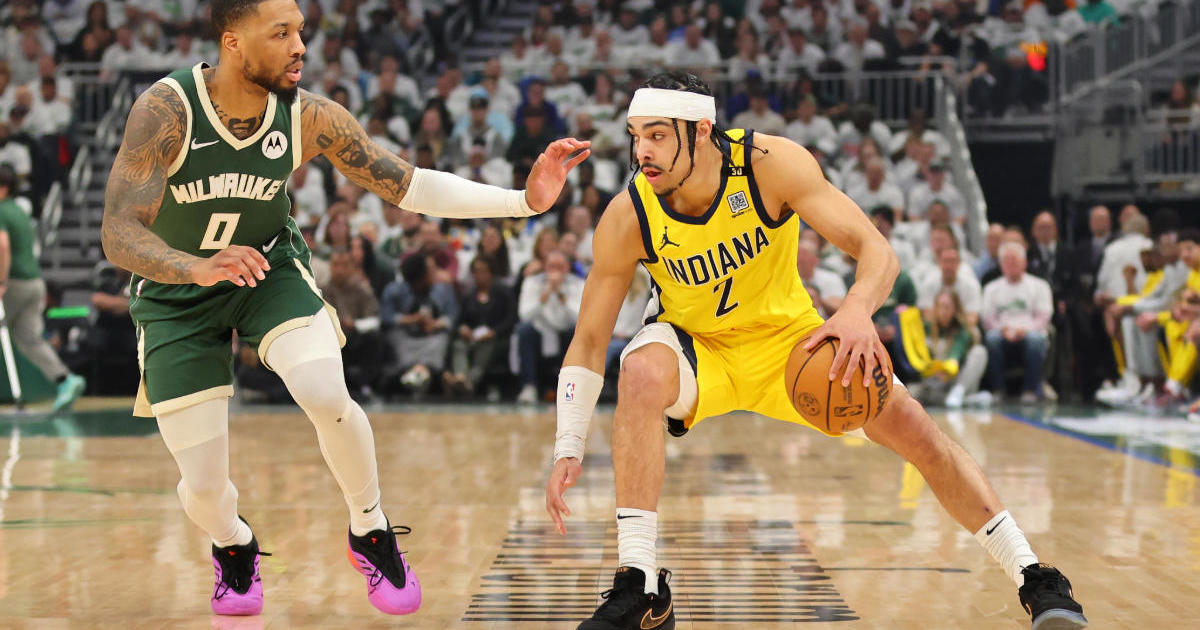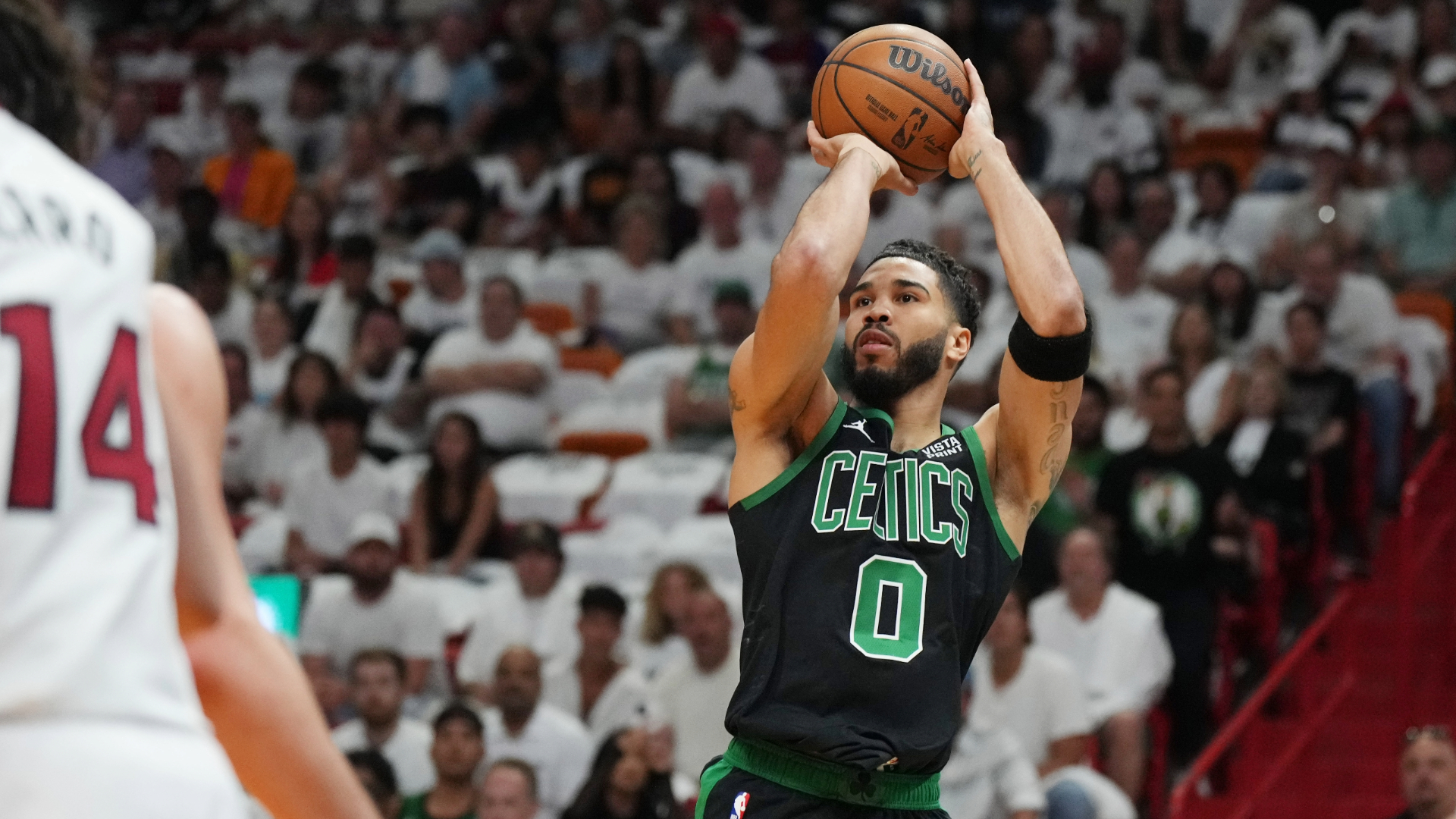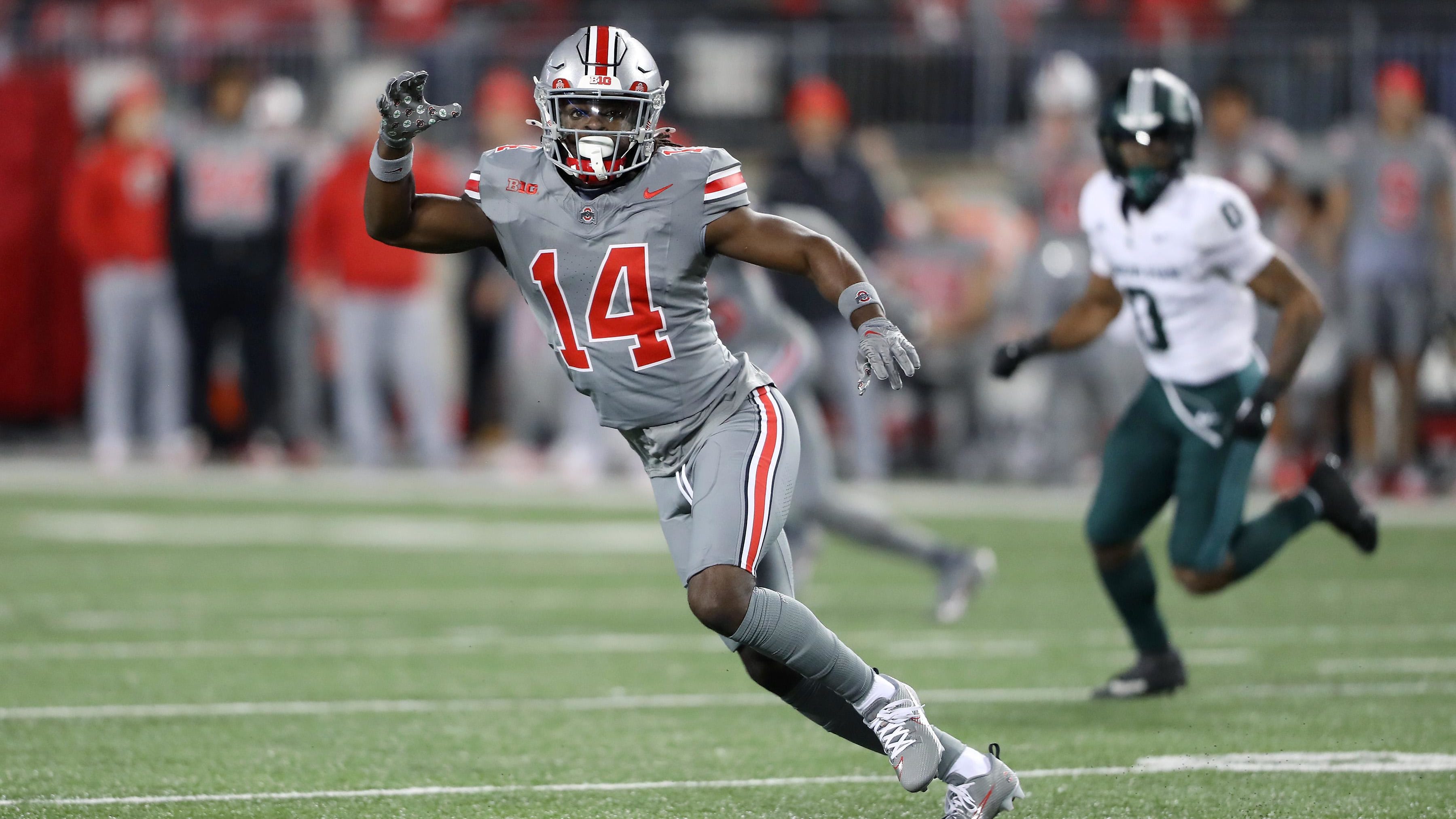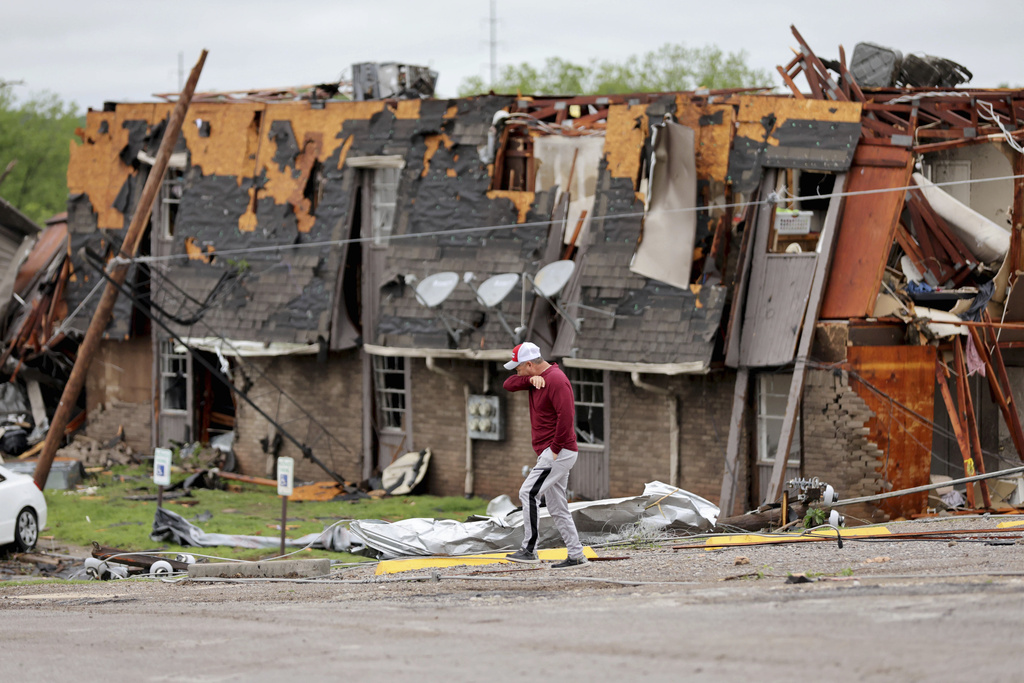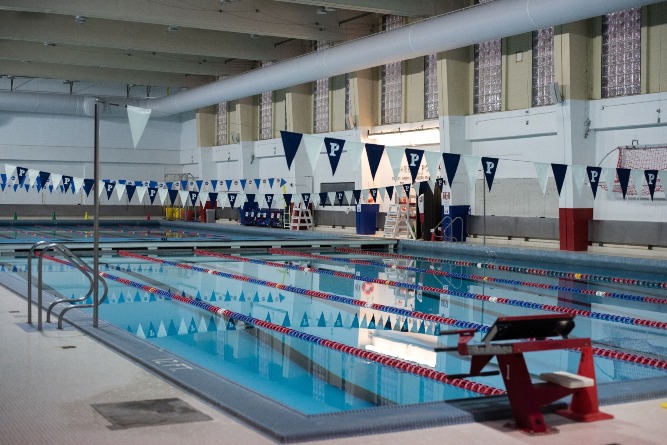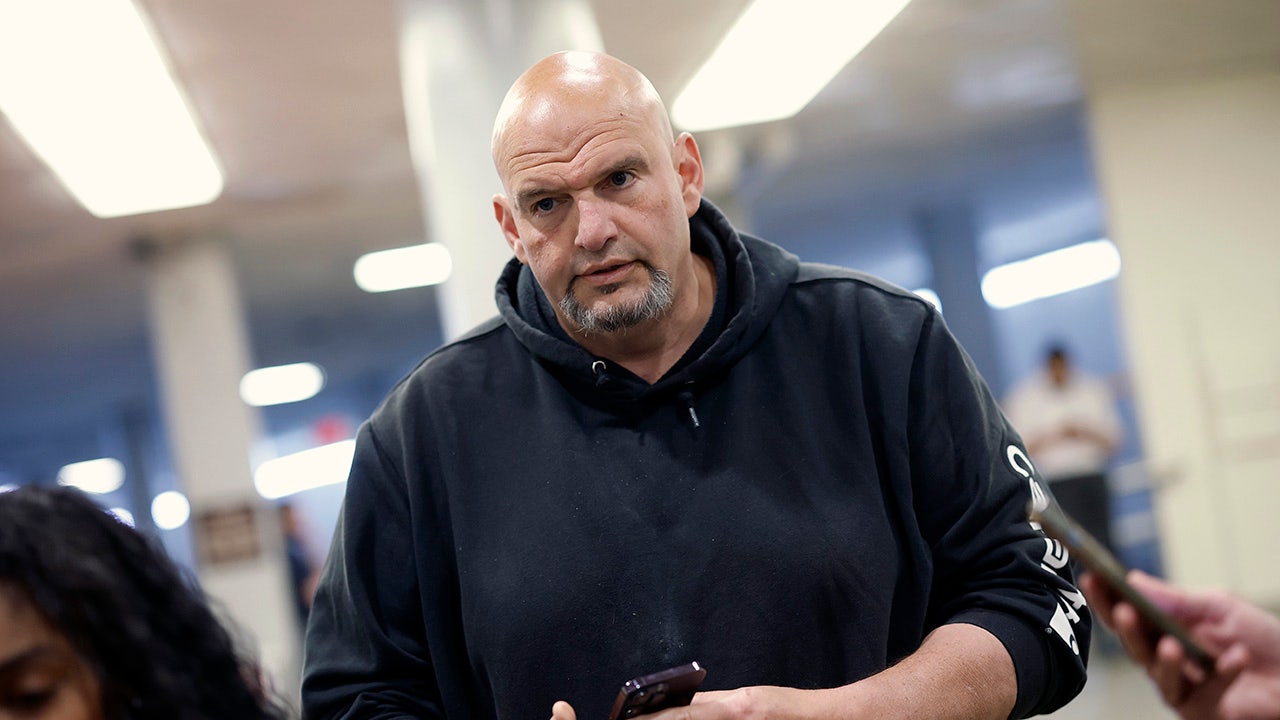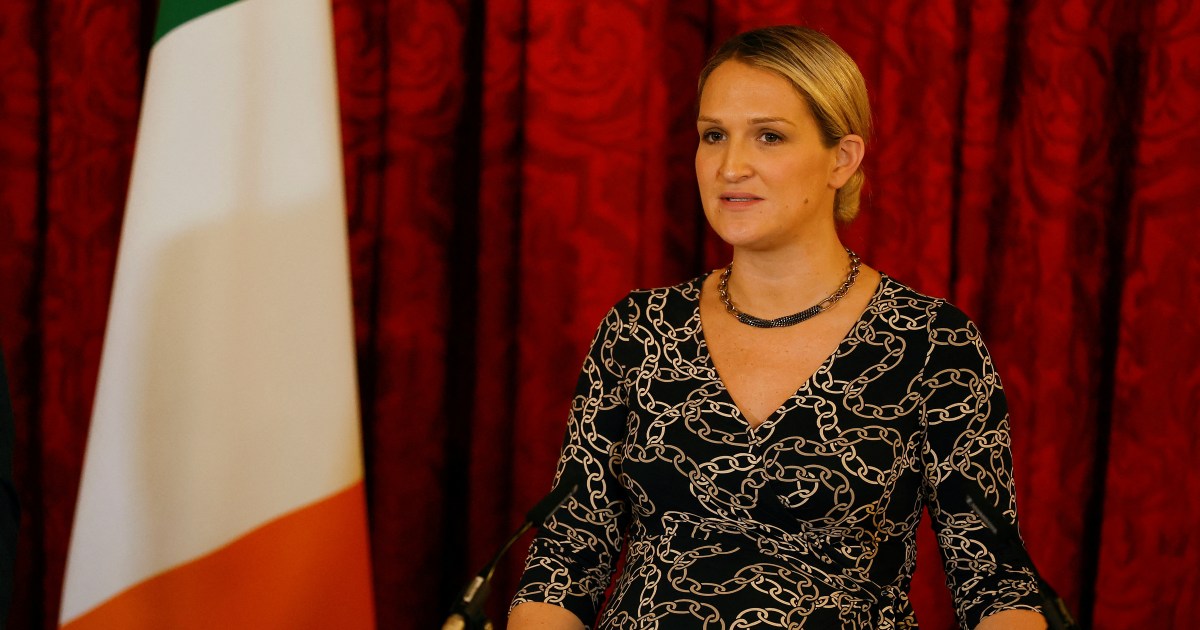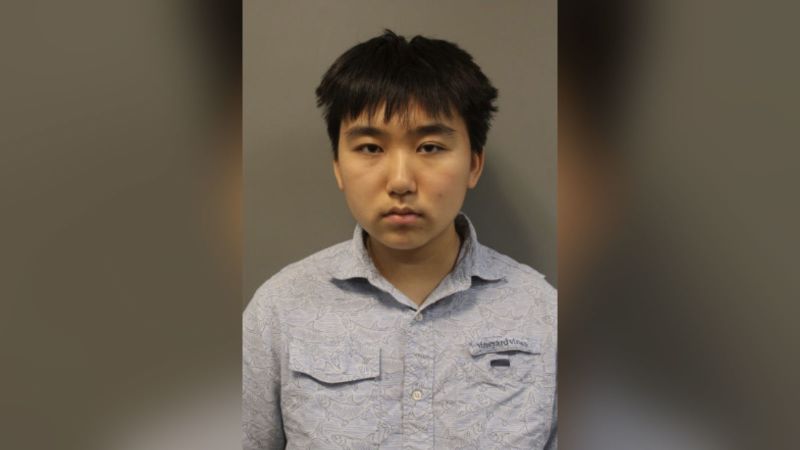Indiana
Indiana and Houston meet in cross-conference game

Houston Rockets (23-26, 11th in the Western Conference) vs. Indiana Pacers (28-23, sixth in the Eastern Conference)
Indianapolis; Tuesday, 7 p.m. EST
BOTTOM LINE: The Houston Rockets take on the Indiana Pacers in out-of-conference action.
The Pacers have gone 16-10 in home games. Indiana is 14-12 when it has fewer turnovers than its opponents and averages 13.0 turnovers per game.
The Rockets are 5-17 in road games. Houston has a 13-10 record in games decided by at least 10 points.
The 124.2 points per game the Pacers average are 11.9 more points than the Rockets give up (112.3). The Rockets’ 46.3% shooting percentage from the field this season is 3.9 percentage points lower than the Pacers have given up to their opponents (50.2%).
The teams meet for the second time this season. The Pacers won 123-117 in the last matchup on Dec. 27.
TOP PERFORMERS: Tyrese Haliburton is averaging 22.6 points and 11.8 assists for the Pacers. Pascal Siakam is averaging 21.6 points over the last 10 games for Indiana.
Fred VanVleet is averaging 16.5 points and 8.2 assists for the Rockets. Alperen Sengun is averaging 21.5 points over the last 10 games for Houston.
LAST 10 GAMES: Pacers: 4-6, averaging 118.3 points, 44.4 rebounds, 29.7 assists, 6.9 steals and 4.6 blocks per game while shooting 48.9% from the field. Their opponents have averaged 118.2 points per game.
Rockets: 4-6, averaging 116.0 points, 46.3 rebounds, 26.4 assists, 8.7 steals and 5.5 blocks per game while shooting 46.5% from the field. Their opponents have averaged 114.4 points.
INJURIES: Pacers: None listed.
Rockets: Jock Landale: day to day (wrist), Tari Eason: out (leg), Steven Adams: out for season (knee).
——
The Associated Press created this story using technology provided by Data Skrive and data from Sportradar.
Copyright © 2024 ESPN Internet Ventures. All rights reserved.

Indiana
Clark turns focus back to basketball as training camp opens for Indiana Fever
Indiana Fever guard Caitlin Clark looks to shoot as the team practices Sunday in Indianapolis.
Associated Press
INDIANAPOLIS — Caitlin Clark got back to the basics Sunday — working out on a basketball court.
Here, as the newest member of the Indiana Fever, she’s learning how she’ll fit into this new offensive system, building chemistry with her new teammates and learning the nuances of what it means to be the WNBA’s highest-profile rookie.
Sure, Clark anticipates some bumps this season; she wouldn’t expect anything less. But giving the sport she loves her full attention is really all Clark ever wanted.
“I think that’s what I was most excited for, getting all that other stuff out of the way,” the former Iowa star said as Indiana’s training camp opened. “The draft was amazing, New York City was amazing, Los Angeles was amazing, but I was excited to get here and get back to playing basketball, you know, doing my job.”
Over the past two seasons, these WNBA rookies have created the kind of buzz around women’s basketball most fans only dreamed about, and Clark is undisputedly at the head of the class.
Ticket sales increased at every venue she appeared and when Clark’s games were televised, ratings spiked. Her chase of the Division I career scoring record captivated basketball fans across America and she even appeared on “Saturday Night Live.”
Perhaps even more fittingly, the transition from the established stars to newcomers such as Clark officially started the same day another trailblazing performer, Candace Parker, announced her retirement.
But, like Parker, Clark enters this season with one primary goal: Winning games.
“I think no matter what happens there’s going to be expectations and pressure on my shoulders and pressure on this team to be really good. That’s how you want it,” Clark said. “We wouldn’t want anything else. We want people showing up to our games, people expecting us to win a lot of basketball games this year and I’m expecting myself to play really well. I don’t think it’s anything that’s ever been different for me.”
That kind of talk certainly is new to the Fever.
Indiana hasn’t reached the playoffs since 2016, hasn’t posted a winning season since 2015 and has been mostly irrelevant nationally since Hall of Famer Tamika Catchings’ retirement. Over the past five seasons, the Fever won 28 games.
Iowa, meanwhile, went 65-12 and with two national runner-up finishes in Clark’s final two college seasons.
But the pairing of Clark and Aliyah Boston, the WNBA’s unanimous rookie of the year last season, has turned Indiana into one of the league’s hottest tickets.
Several opponents already have moved games to larger arenas and Boston, for one, is eager to see how quickly Indiana’s new lineup will mesh. Clark arrived in town early this past week and has been turning heads with her workouts ever since.
“I think Caitlin has a different eye for the game. You’re able to see how well she passes the ball and how well she shoots it,” Boston said. “You see her communicating, you see the way she can find you, I mean her passes are tremendous. I’m like ‘OK, I’ll get a touch, just let me get down there’ just because of how well she passes it.”
Clark’s transitioning from college ball to the pro level may speeding up, too.
For most of the 2 1/2-hour practice open to the media, Clark worked with Indiana’s starters and true to form, Clark lined up one 3-pointer after another including some of those trademark logo 3s.
Still, it was Clark’s crisp passes that took teammates and even second-year coach Christie Sides by surprise.
“Her ability to space the floor for us is just incredible,” Sides said. “We’re going to have five players on the court that can shoot it, but her passing ability — you saw some of the passes she made. I’m more mad at the how many missed layups we had. I think we’re just not used to having those, someone who can make those passes.”
Clark can make them and will make them, and how the Fever responds to her presence will largely dictate how successful Indiana will be this season.
But the key for Clark will be getting acclimated quickly to a new team, a new home and a new style of play by Friday’s preseason opener in Dallas.
“It’s definitely different, but that’s what you expect when you start a new chapter in your life, she said. “It’s fast, fast shot clock, but I think all of you know that’s how I like to play. So I think it suits my game pretty well. It’s a fast pace, a lot faster than college and you’ve to learn quicker because you’ve got to get your mind on Friday.”
Indiana Fever guard Caitlin Clark, third from left, huddles with teammates as the WNBA basketball team practices in Indianapolis, Sunday, April 28, 2024. (AP Photo/Michael Conroy)
(AP Photo/Michael Conroy)
Indiana Fever guard Caitlin Clark speaks with the media after the WNBA basketball team practiced in Indianapolis, Sunday, April 28, 2024. (AP Photo/Michael Conroy)
(AP Photo/Michael Conroy)
Indiana Fever guard Caitlin Clark, center left, runs sprints with teammates, including Erica Wheeler, center right, as the WNBA basketball team practices in Indianapolis, Sunday, April 28, 2024. (AP Photo/Michael Conroy)
(AP Photo/Michael Conroy)
Indiana
Indiana cannot afford to botch its curriculum reform
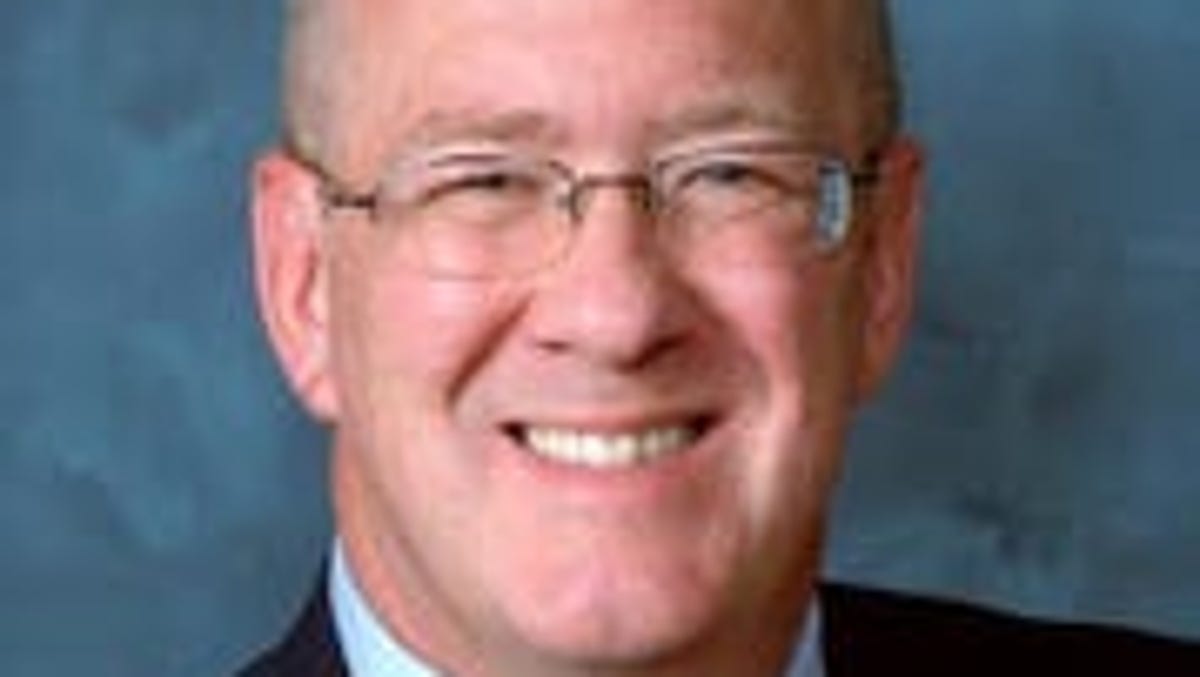
Indiana is in the process of revamping its high school curricula. This could be a superb opportunity to rethink some fundamentals about schooling, its role in society and the needs of the future economy.
It is also a good time to re-center the long-term wellbeing of students into the discussion.
However, the last time Indiana made significant changes to school curriculum, we failed badly. That cannot happen again.
In December 2013, then-Gov. Mike Pence announced an ambitious plan to offer more career-focused education to Hoosier high school kids who weren’t going to college. It was a smart, thoughtful and much-needed addition to our educational landscape. I was an enthusiastic supporter and wrote in support of it.
Almost from the beginning, the execution of that plan was botched. It is worth recounting how a very good idea became very bad public policy, and how the accumulated mistakes of a decade continue to haunt Indiana’s economic performance even now and into the distant future.
The Daniels-era education reforms were successful on almost every important measure.
The push for higher standards revealed itself in test scores, graduation rates and college attendance and success.
They strengthened good local public schools and forced bad ones to change. But not everyone wishes to go to college and, for three generations, we’d cut programs for those students.
Pence’s plan was met with strong support by business, which offered free curriculum in STEM, and support for students wishing a career route.
My school corporation, led by Jennifer McCormick, developed an award-winning program with a local manufacturing firm.
Things started off well. Then the Department of Workforce Development began to push the state’s board of education.
The Department of Workforce Development had an occupational forecast claiming that, between 2014 and 2024, there’d be a huge demand for high school-only graduates — that is, students who graduated high school and did not go to college. The Department of Workforce Development’s forecast claimed that the state would need 400,000 more high school-only graduates by 2024.
I did everything I knew how to do in order to explain why this was mistaken.
I used labor demand forecasts from a half dozen economists that said we’d need fewer high school graduates by 2024. I showed them the studies from the 1970s through the 2000s explaining how these forecasts were too flawed to be used as a labor market policy tool.
Nothing I said or wrote had any effect.
The Department of Workforce Development had already run off their economists for saying roughly the same thing. They weren’t at all interested in hearing analysis from anyone who actually knew anything about labor markets. The newer versions of that forecast are still guiding both labor market and education policy in Indiana.
All of this presents the question: How wrong were they?
A lot.
In 2015, the forecast overstated the demand for high school only graduates in 2014 — that is, the previous year — by 190,000 workers. Yes, you read that correctly. They actually got history wrong. I’ve never seen a forecast that wrong, that quickly. Still, that did not deter their enthusiasm for the forecast.
As of last fall, Indiana has 20,000 more high school graduates working than in 2014. So that forecast of demand for 400,000 more high school graduates is going to be wrong by about 2,000%.
I write this because it is my biggest professional failure.
Had I been more persuasive, I should’ve been able to avoid the train wreck that ensued. I was not, and the state has been trapped by bad human capital policy ever since. It has significantly weakened Indiana’s long-term economic prospects.
The recovery from the Great Recession was the worst economic expansion in state history. We slipped on every important measure of economic success with some of the worst performances coming in the last five years of the expansion.
The COVID and post-pandemic economy should’ve been very kind to Indiana. Because of our manufacturing intensity, our growth should’ve outpaced the nation. It did not. The reason for 15 years of relative decline is that we have a poorly educated workforce that is getting worse.
That bad labor forecast from 2014 was very influential in the legislature. And how could it not be? It was a false promise of economic growth without actually investing more in education. It didn’t matter that the nation had gone more than two decades without creating a single net new job for someone who hadn’t been to college. The bad forecast drove policy.
Funding for K-12 stalled on a per-student basis and dropped as a share of GDP. Pence’s vision morphed into an anti-college agenda. The state’s workforce development director and the president of our community college system downplayed the benefits of post-secondary education.
By 2017, Indiana introduced career indoctrination down to sixth grade. Among the largest of these were manufacturing occupations and truck drivers. The demand for both is lower today than in 2014.
Pence’s program to offer career-focused opportunities to older students became a platform for pushing students away from post-secondary education. To their credit, in 2020, the legislature increased the age that career pathways would start. So, today, we wait until children are 13 to provide them bad labor market advice.
The most damaging effect was on college attendance. Indiana peaked in 2015, sending 65 percent of our high school graduates to college, at a time when the national average was 72 percent of students. In the race for a talented workforce, Indiana was well behind and running slower than the pack. Over the past two years, fewer than 53 percent of our high school graduates have gone to college. Until this changes, we will not be contenders in a 21st century economy.
We are now near the very bottom in human capital development, making it an opportune time to compare what Indiana does and aspires to do with that of the nation as a whole. Over the past three decades, more than 100 percent of new jobs in the U.S. have gone to people who attended college, with 8 in 10 going to 4-year degree holders.
Over the same time, the college wage premium has grown. We are now 50 years into an economy that places a premium on human capital. That won’t change, no matter how badly some states prepare.
Indiana is moving in the wrong direction at record speed.
The period since 2015 is the start of the first decline in educational attainment in Indiana history.
The educational reforms we now consider must reverse this decline. We must consider what students need to know for the next 50 years of work — not what low-wage employers say they need after graduation. We simply cannot fail at this again.
Michael J. Hicks, Ph.D., is the director of the Center for Business and Economic Research and the George and Frances Ball distinguished professor of economics in the Miller College of Business at Ball State University.
Indiana
Indiana State Police investigating officer-involved shooting in New Haven

NEW HAVEN, Ind. (WPTA) – Indiana State Police is investigating an overnight officer-involved shooting in the 6000 block of Moeller Road in New Haven.
ISP says the New Haven Police Department responded to a domestic battery call last night.
The New Haven Police Department posted on its Facebook page that around 11 p.m. officers were dispatched to the incident.
The Indiana State Police says at the scene New Haven officers were trying to place an adult male in custody which caused an altercation and two NHPD officers suffered injuries consistent with a knife attack.
Police say officers then shot the male suspect and he died at the scene. The two injured officers were taken to Fort Wayne hospitals for treatment.
This is an ongoing death investigation.
Copyright 2024 WPTA. All rights reserved.
-

 Kentucky1 week ago
Kentucky1 week agoKentucky first lady visits Fort Knox schools in honor of Month of the Military Child
-
News1 week ago
Maryland high school student arrested after authorities discovered a 129-page document detailing school shooting plan, police say | CNN
-

 World1 week ago
World1 week agoIranian media says three drones downed after explosions heard in Isfahan
-

 World1 week ago
World1 week agoShipping firms plead for UN help amid escalating Middle East conflict
-
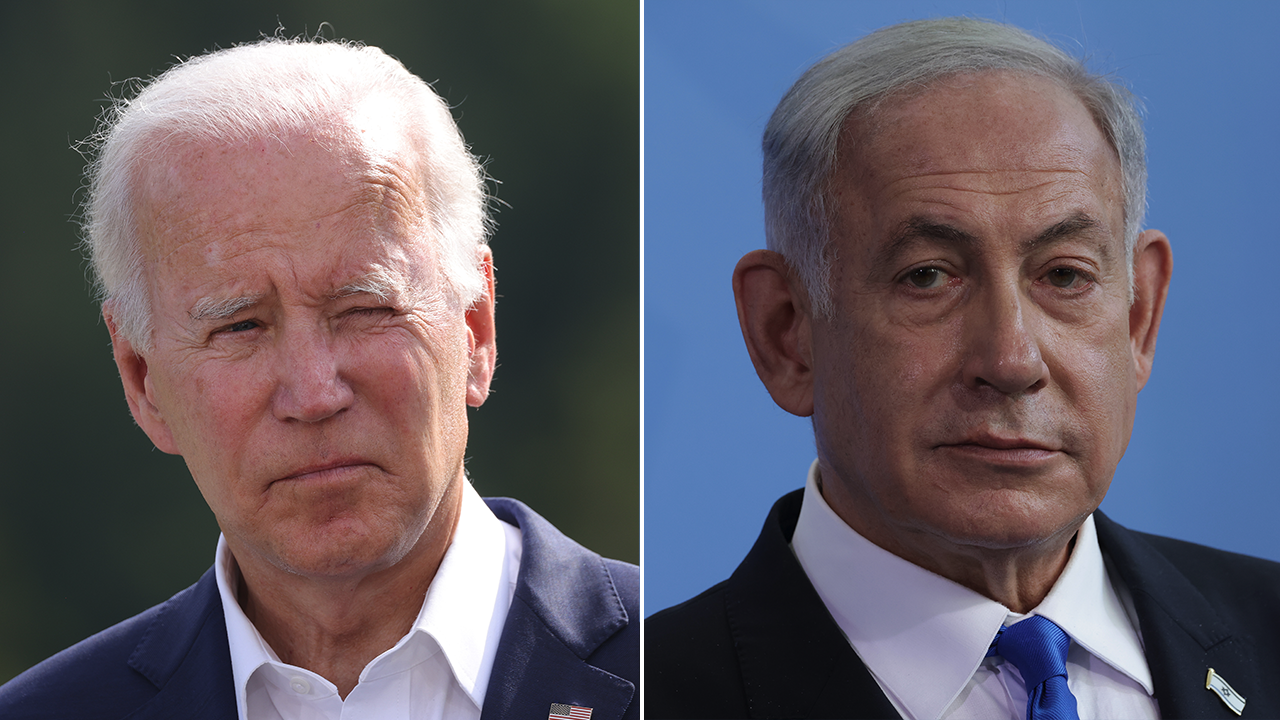
 Politics1 week ago
Politics1 week agoIsrael hits Iran with 'limited' strikes despite White House opposition
-

 Politics1 week ago
Politics1 week agoICE chief says this foreign adversary isn’t taking back its illegal immigrants
-

 News1 week ago
News1 week agoThe San Francisco Zoo will receive a pair of pandas from China
-

 Politics1 week ago
Politics1 week ago'Nothing more backwards' than US funding Ukraine border security but not our own, conservatives say
